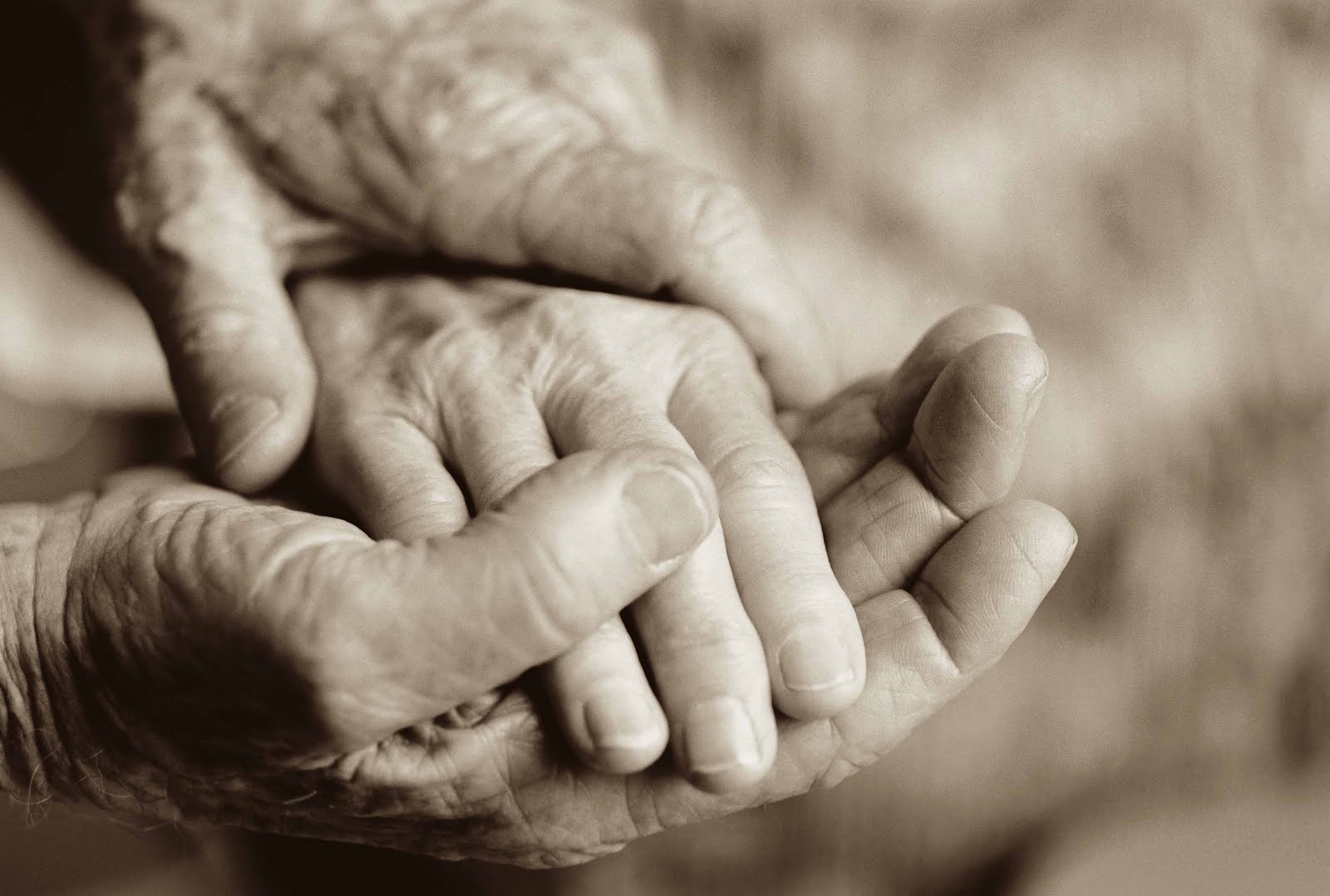An Ordinary Man II
بِسۡمِ ٱللهِ ٱلرَّحۡمَـٰنِ ٱلرَّحِيمِ
The following is adapted from Signs on the Horizons by Shaykh Harun Michael Sugich.
“Amongst the group was a strange but devoted Meknesi tinsmith who was known for his eccentric behaviour and sudden, inappropriate outbursts in which he would leap up in the middle of a gathering and begin a solo hadhrah. He would always volunteer to wash the hands of the fuqara’, carrying around a pitcher and an aluminum basin with a soap dish for hand-washing after a meal. In his case, once all the fuqara’ had washed their hands and mouths, he would lift the basin to his lips and drink down the used soapy water with relish, for the ‘barakah’, or blessing. We always watched this odd spectacle with a mixture of amusement, revulsion and, I have to say, a kind of admiration at the mad devotion this faqir exhibited. There is a false assumption among the uninitiated and outsiders that the spiritual path is the exclusive domain of saintliness and sanity. This is not the case. The path is full of ordinary people. Some are sane, some are imbalanced, some advance, some stay behind. But the path provides a matrix for grace, and one person’s inappropriate behaviour can trigger another person’s epiphany.
That sweltering afternoon, Sidi Fudhul al-Hawari as-Sufi, the great Fesi scholar, began to give discourse to the gathering. He was an orator of shattering insight who could easily galvanise a crowd. In the midst of Si Fudul’s sober oration in the quiet, languid afternoon, the tinsmith jumped up, eyes closed, and began his rhythmic solo hadhrah. On many occasions when this happened the fuqara’ ignored him or even interfered to stop him. On this occasion, Sidi Fudhul waited for a moment and then he signaled the assembly to begin a formal hadhrah. Suddenly, about fifty men formed a circle, all linking together by holding hands, and one of the most intense spiritual hadhrah, I had ever participated in began. The dance was unbelievably powerful. Of the fifty people in the circle, probably thirty were bona fide awliya’. Every member was enraptured in the sacred dance, which eventually intensified into the exhalation ‘Hayy’, an accelerating collective breath. Outside the circle, fuqara’ with soaring mellifluous voices sang from the Diwan of ibn al-Habib. The technique we were taught for concentration during the sacred dance was to visualise the Name of God – ‘Allah’ in blazing white light against a blue horizon of sea and sky. The aim is to make the Mighty Name larger and larger until it fills one’s vision, obliterates all thought and overtakes the heart. I was very inexperienced and my concentration was weak. I managed to keep the Name in my vision through the first part of the hadhrah, but then my concentration wavered and the image of the Name vanished from my mind’s eye. The moment the Name disappeared from my interior horizon, I felt the faqir on my right side squeeze my hand and pump my arm up and down to the rhythm of the hadhrah with great vigor, until the Name reappeared. I glanced over to my right. Sidi Tami, eyes closed, seemed completely absorbed in the back and forth rhythm of the sacred dance. At first I thought that this might have been a fluke, but after losing sight of the Name several times and having Sidi Tami pump my arm until it returned, I knew it was no coincidence. It was as if he was inside me, seeing what I saw. This was no ordinary man.”




Comments
Post a Comment
Thank you for taking the time to share our thoughts. Once approved, your comments will be posted.